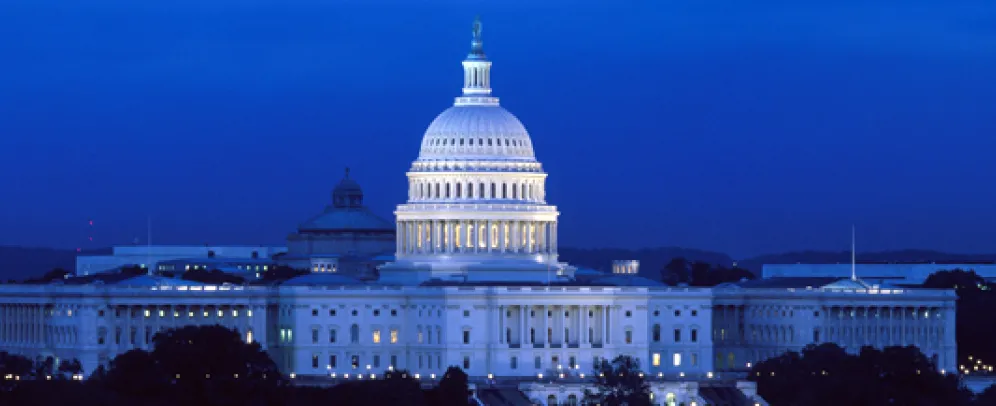Authored by Carla N. Argueta, an analyst in immigration policy, and Alison Siskin, a specialist in immigration policy, the report underscores the entire EB-5 Program history. This includes Program requirements, economic impact, policy and legislation issues from the 114th Congress, and EB-5 visa data.
Below are some of the key highlights of the report.
Economic Impact
The EB-5 visa category was created as a way to increase investment and job creation in the U.S. economy. In 2010, USCIS commissioned ICF International, a private consulting firm, to estimate the impact of EB-5 investments on the U.S. economy. The study used a sample of immigrants whose initial investment occurred between 2001 and 2006. It found that EB-5 investments and the economic activity that resulted from them added $700 million to the U.S. gross domestic product (GDP), with the real estate industry sector experiencing the largest impact.
USCIS commissioned the U.S. Department of Commerce to conduct a new study on the visa’s economic impacts. The agency stated that from FY1990 to FY2014, the EB-5 visa has generated more than $11.2 billion in investments and at least 73,730 jobs. Additionally, USCIS reported that as of October 1, 2012, at least $8.7 billion was invested in the U.S. economy and an estimated 35,140 jobs were created through EB-5 visa investments.
EB-5 Admissions
Each year approximately 10,000 EB-5 visas are available for investors and their derivatives. From FY2003 to FY2005, the number of EB-5 visas issued grew five-fold (from 64 to 346), and then increased by seven-fold by FY2010 (to 2,480). From FY2010 to FY2013, the number of EB-5 visas issued increased again by nearly three-fold (to 8,543) (Figure 4). As the allotment for EB-5 visas includes derivatives, the total number of immigrants admitted through the investor visa program does not reflect the actual number of investors. On average, individual immigrant investors (principal investors) accounted for approximately one-third of all those granted EB-5 visas. On average, each investor has had approximately two derivatives granted conditional LPR status along with them over the time period examined.
Legislation in the 114th Congress
In December 2015, the Regional Center Program was reauthorized through September 30, 2016, by the Consolidated Appropriations Act of 2016. The pending expiration of the program renewed attention on it and legislation has been introduced in the 114th Congress related to the EB-5 visa category. The following bills would modify the Regional Center Program and the EB-5 visa in general: the American Entrepreneurship and Investment Act (H.R. 616), the EB-JOBS Act (H.R. 3370), the EB-5 Integrity Act (H.R. 4530/S. 2415), and American Job Creation and Investment Promotion Reform Act of 2015 (S. 1501). In addition, H.R. 3370 and the Jobs in America Act (H.R. 3987) would create a new visa category, similar to the EB-5 category, for foreign national entrepreneurs. On February 2, 2016, the Senate Judiciary Committee held a hearing on the Regional Center Program and S. 1501; however, none of the other bills have received action.
Click here to read the blog on the Program extension and here to read the full report by Congressional Research Service.
